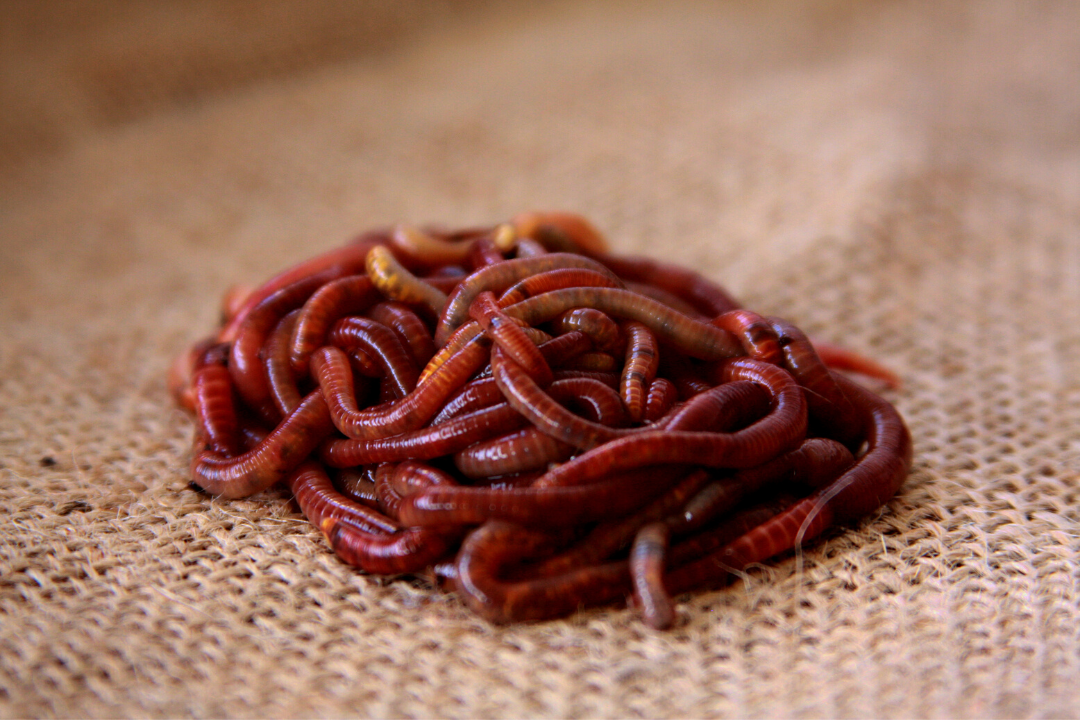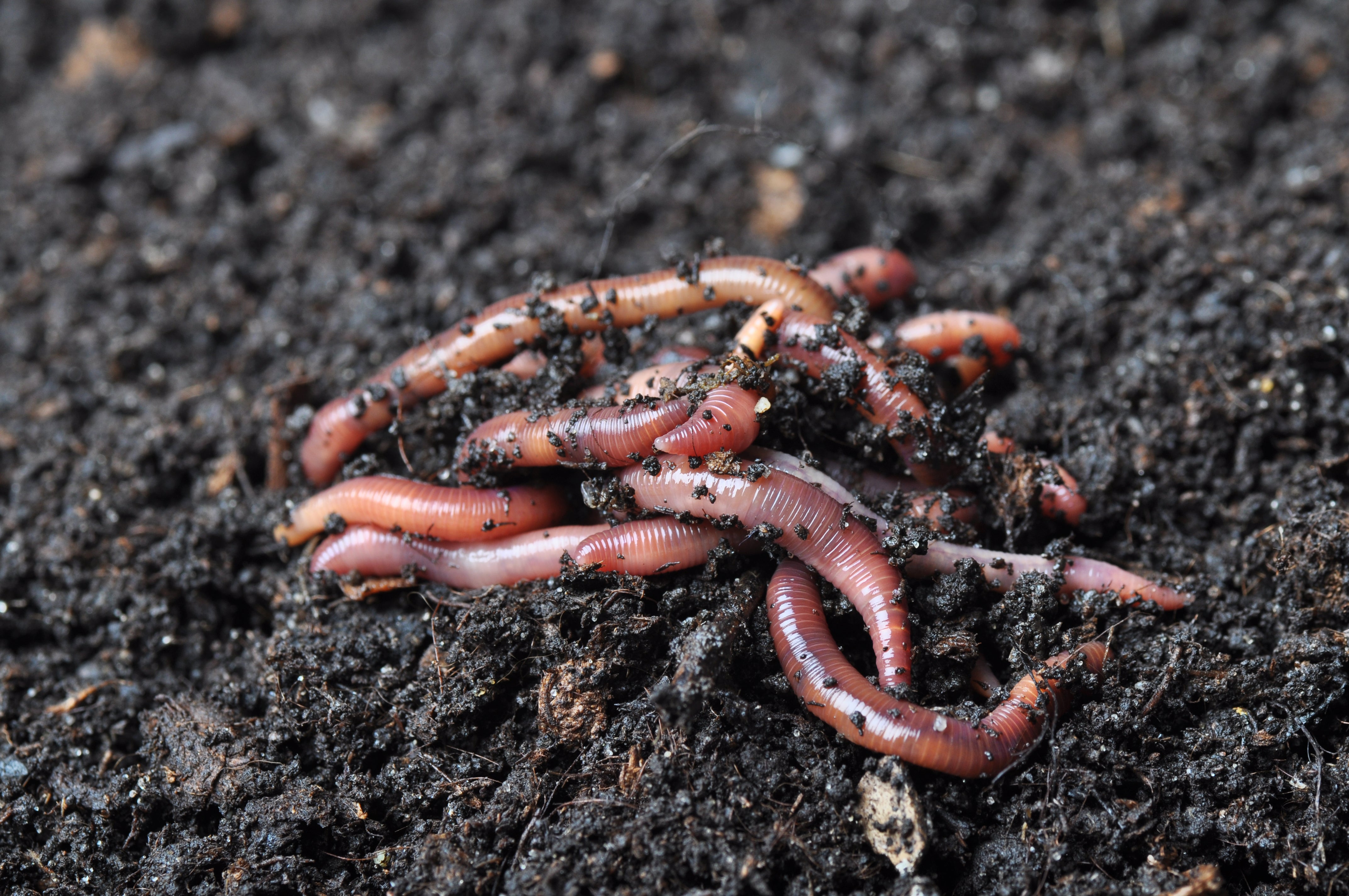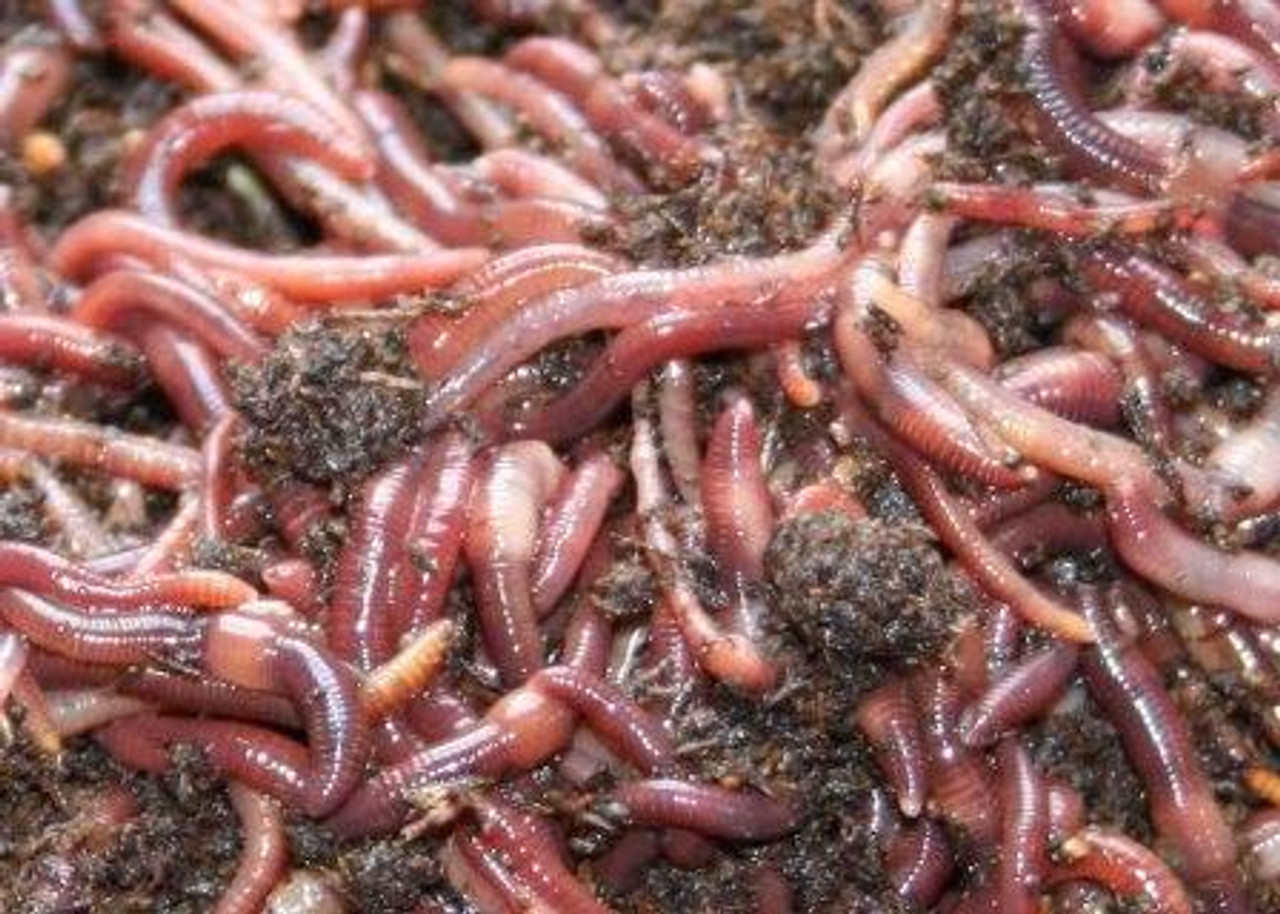Red Wigglers: The Unsung Heroes of Organic Waste Recycling
Red wigglers, or Eisenia fetida, serve as critical agents in the natural waste recycling procedure, transforming discarded products right into useful vermicompost. As the world increasingly looks for options to battle waste accumulation and improve farming efficiency, understanding the duty of these worms becomes important.
What Are Red Wigglers?
The remarkable resilience of red wigglers, clinically referred to as Eisenia fetida, underscores their critical function in organic waste recycling. These little, reddish-brown earthworms are normally found in decomposing natural issue, such as compost heap and manure loads. Lake Hickory Bait. Unlike other earthworm species, red wigglers thrive in nutrient-rich atmospheres and are highly effective at damaging down natural materials, making them crucial for vermicomposting

(Lake Rhodhiss Bait)Along with their role in waste reduction, red wigglers add to soil health and wellness by boosting dirt structure and oygenation via their tunneling activities (Lake Hickory Bait). Their presence in composting systems not only boosts decomposition rates but additionally advertises a lasting approach to waste monitoring, showing their relevance in eco-friendly conservation efforts
Advantages of Composting With Worms
Composting with worms, particularly red wigglers, provides numerous advantages that improve both waste administration and soil health and wellness. These worms effectively break down organic waste, transforming it right into nutrient-rich vermicompost that enriches soil. This process speeds up decay, enabling for a quicker recycling of kitchen area scraps and various other natural products contrasted to traditional composting approaches.
Additionally, the vermicompost generated by red wigglers is bursting with helpful bacteria, which assist enhance dirt framework, aeration, and moisture retention. This boosts the overall health and wellness of plants, promoting vigorous development and raised yields in yards and farming setups. The usage of worms in composting lessens the manufacturing of greenhouse gases, such as methane, contributing to a more sustainable waste administration system.

How to Start Vermicomposting
Developing a vermicomposting system is an uncomplicated process that can generate significant benefits for both waste monitoring and soil enrichment. To begin, choose a suitable container, such as a plastic container or wooden box, with appropriate air flow holes to guarantee correct air movement. The measurements ought to preferably be around 2 feet by 3 feet, permitting enough room for the worms to thrive.
Following, prepare bed linen product, which can include shredded paper, cardboard, or coconut coir. This bed linen ought to be dampened to develop an appropriate habitat for the worms. As soon as the bed linens remains in place, present red wigglers (Eisenia fetida) into the container, usually around one extra pound of worms for every single square foot of surface location.
Adhering to the placement of worms, add natural waste, such as fruit and vegetable scraps, coffee grounds, and smashed eggshells. With these steps, you will efficiently initiate a vermicomposting system that adds to sustainable waste management and improves your dirt.
Keeping a Healthy And Balanced Worm Bin
(Red Wiggler Express)Maintaining a worm container prospering needs normal interest and treatment to make sure the wellness of the red wigglers and the performance of the composting process. Proper maintenance starts with monitoring the dampness levels; the bin needs to be moist yet not waterlogged. An excellent general rule is to keep a consistency comparable to a wrung-out sponge.
Carefully blending the bed linens and food scraps every few weeks avoids compaction and makes sure that all worms have accessibility to oxygen. Furthermore, it is vital to feed the worms appropriately.
Temperature policy is one more crucial element. Red wigglers prosper in a series of 55 to 77 degrees Fahrenheit. If the bin becomes too warm or chilly, the worms might become stressed - Lake Hickory Bait. Lastly, regularly look for signs of health, such as worm populace development and the visibility of healthy and balanced castings. By vigilantly managing these factors, one can maintain a robust and productive worm container.
Impact on Lasting Living
The effective upkeep of a worm bin not only profits the health and wellness of red wigglers however likewise contributes substantially to sustainable living techniques. By reusing natural waste, such as cooking area scraps and lawn debris, red wigglers aid divert substantial amounts of material from landfills. This decrease in waste not just decreases greenhouse gas exhausts but additionally lessens the ecological problem connected with waste management.
Furthermore, the spreadings created by red wigglers work as a nutrient-rich natural fertilizer, boosting dirt health and wellness and advertising plant growth. This natural alternative to chemical plant foods sustains sustainable farming and gardening practices, decreasing reliance on synthetic inputs that can harm ecological communities. Furthermore, worm composting promotes understanding of waste management, encouraging individuals and neighborhoods to adopt more sustainable habits.

Verdict
In recap, red wigglers offer as vital contributors to organic waste recycling with their effective decay of organic products. By integrating vermicomposting into waste administration techniques, individuals and communities can significantly minimize waste while promoting ecological sustainability.